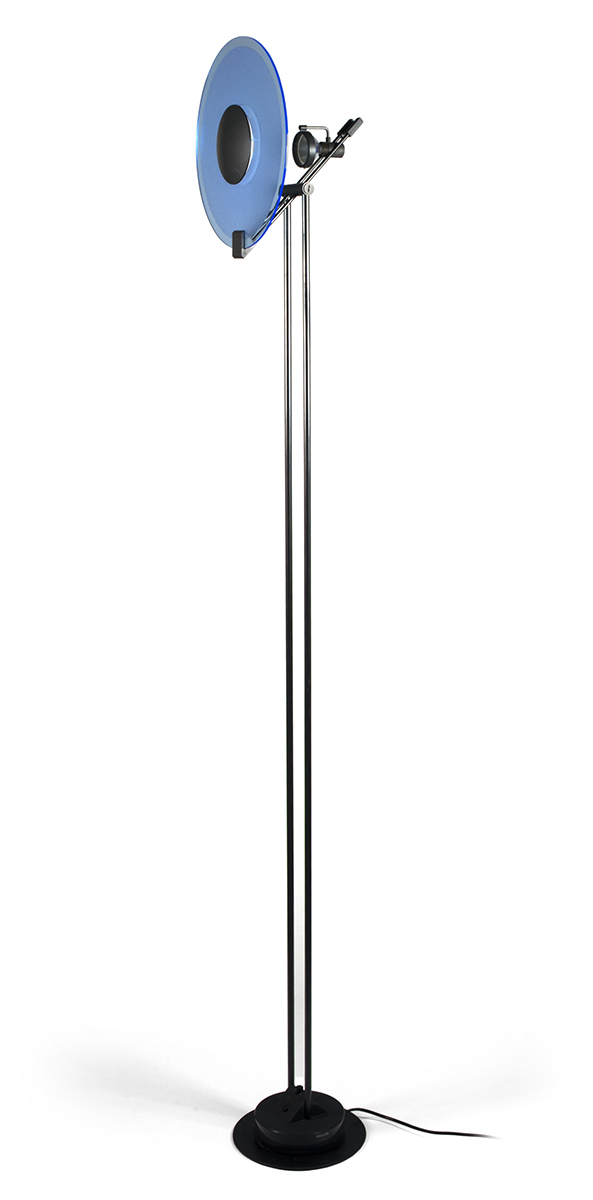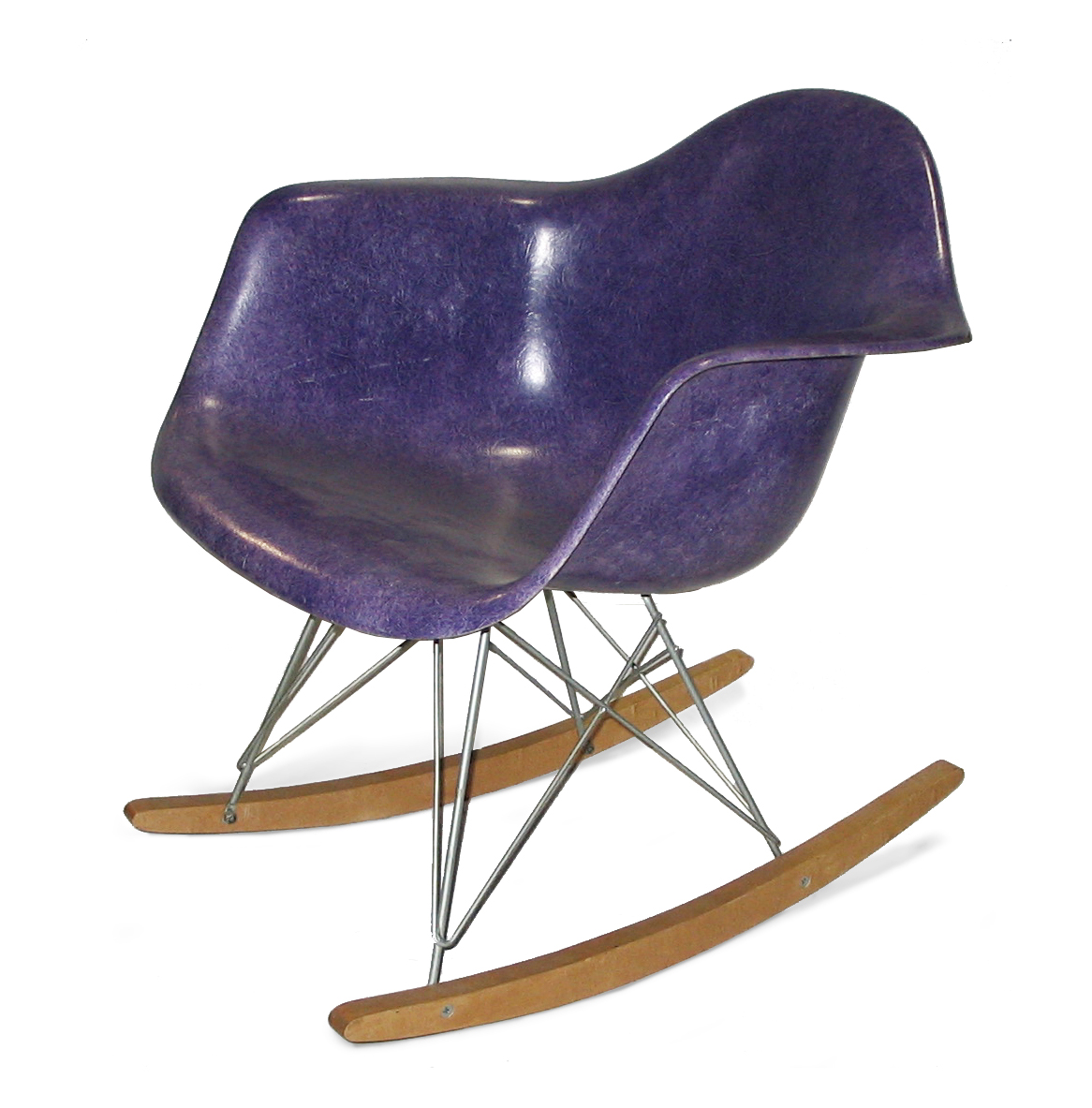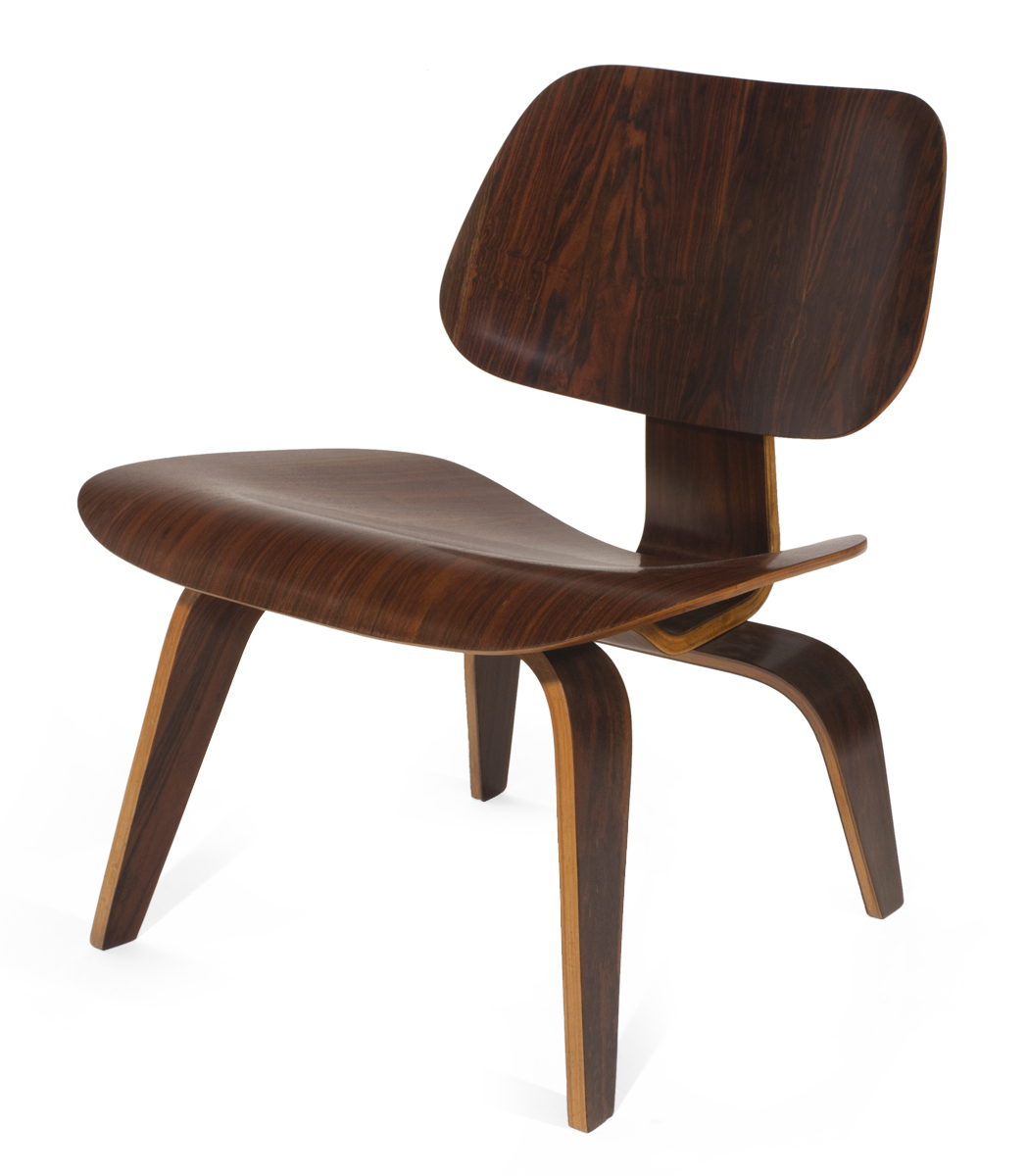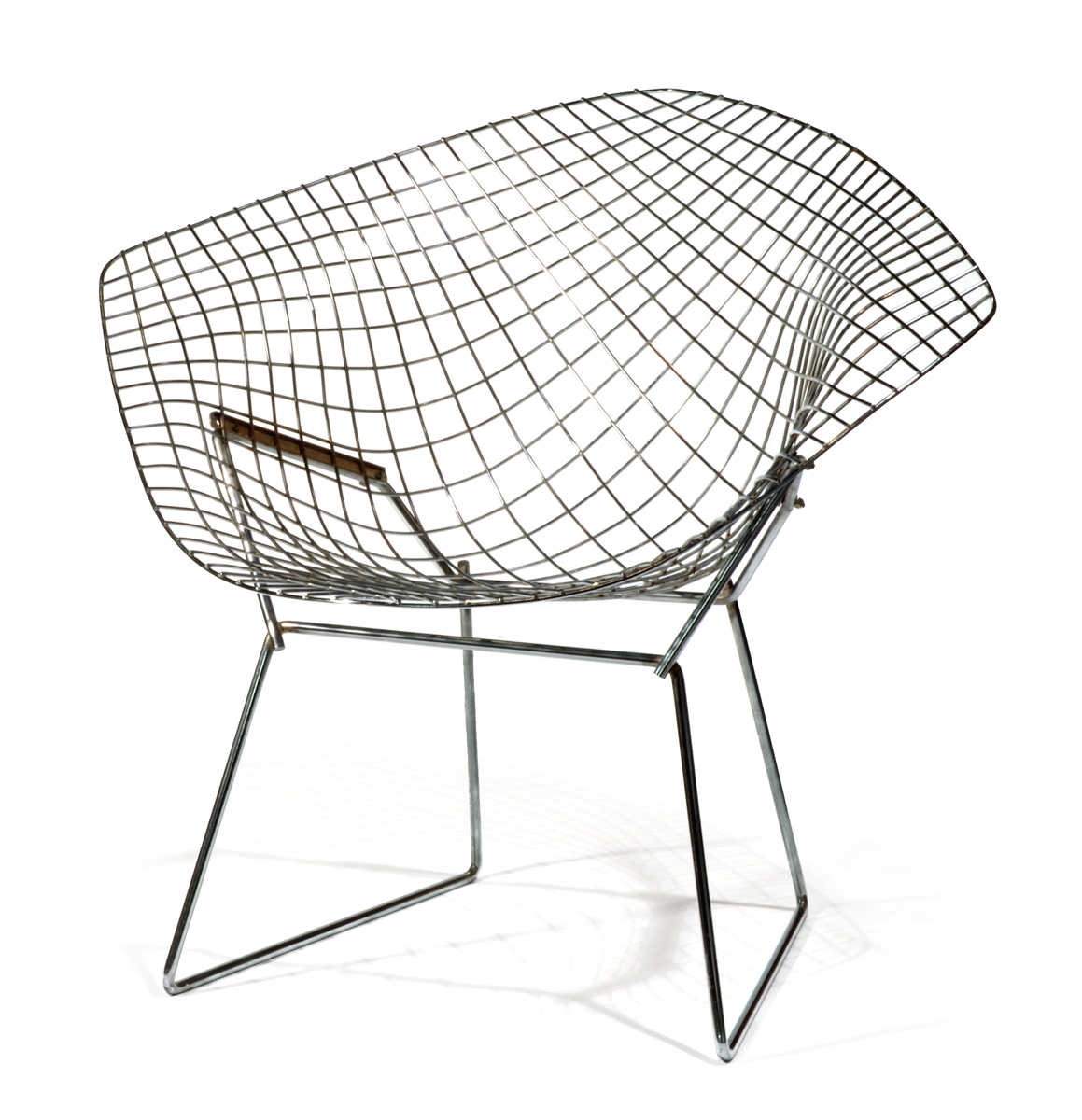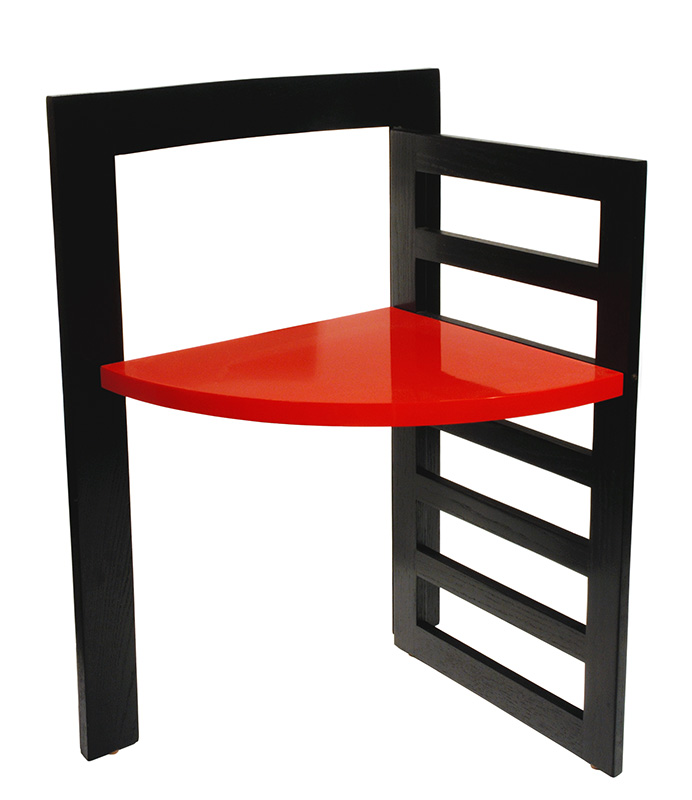collections
Manhattan Halogen Floor Lamp
Dr. Robert Blaich (1930–2021, American) earned a BFA in architecture and industrial design at Syracuse University before joining Herman Miller in 1953, where he worked in marketing and product development, eventually reaching the position of Vice President of corporate Design and Communications (1968-1979), working closely with consultant designers Charles and Ray Eames, George Nelson and Alexander Girard. In 1980 he left Herman Miller to become head of design at Royal Philips Electronics in the Netherlands, a position he held until 1992. Blaich is known for his contributions to the design profession and was a pioneer in corporate design leadership and strategy, supervising the work of 250 designers in 28 international locations and earning numerous international design awards while at Philips. The Manhattan Lamp, designed under his direction, uses a single halogen bulb suspended behind a light blue plastic disc diffuser. The top of the lamp can be tilted up or down to direct the light and the lamp is controlled with an on/off switch and a dimmer dial in the round foot base.
collections
RAR (Rocking Armchair Rod)
Charles and Ray Eames originally designed the RAR to be made of metal and then sprayed with neoprene (a synthetic rubber) to make it more comfortable. However, by the time the chair was able to be produced, Herman Miller had the technology to make the seat in polyester, reinforced with strands of fiberglass. The use of fiberglass for furnishings was a novel and innovative idea. Originally it came only in gray, parchment or a gray-beige color, but eventually it was made in a wide variety of bright colors. According to some experts, purple is the rarest of the Eames rocking chair colors.
collections
LCW (Lounge Chair Wood)
Husband-and-wife design team Charles and Ray Eames researched inexpensive techniques of wood molding and laminating during World War II, adapting Charles’s work with the Navy to develop molded plywood leg splints. They made a series of plywood chairs as a result, with the LCW’s seat and back molding to the human body to provide optimal comfort. Because of the chair’s comfort, the manufacturer did not need to upholster it. The Eameses didn’t want to mar the design of the wood chair with bolts or screws, so they used rubber shock mounts glued to the back of the chair to join together the pieces in an invisible way. They intended for the LCW to be an economical, industrially-produced option. Their stated goal was “to get the most of the best to the greatest number of people for the least.” By abandoning upholstery and using plywood, the Eameses made this design less expensive. LCW chairs made of rosewood were put into production beginning in 1946, but limitedly. Even then the chair served as a kind of prototype as processes were still being refined.
collections
Diamond Chair (No. 421)
Harry Bertoia is well-known for his fabricated bronze sculptures, also included in Kirkland Museum’s collections. He used his knowledge of metalwork to create the Diamond Chair for the furniture company owned by Florence Knoll, his former classmate at the Cranbrook Academy of Art in Bloomfield Hills, Michigan. He had previously collaborated with Cranbrook colleagues, Charles & Ray Eames and Eero Saarinen. Bertoia did some of the earliest research on ergonomics at a Navy engineering lab from 1947 to 1950. There he learned how to design for the human form, which led to his studies in creating a lightweight wire chair whose seat would conform to the seated figure. Bertoia’s bent wire-mesh grid was “concerned primarily with space, form and the characteristics of metal”, he said. “[The chairs] are mostly made of air….Space passes right through them.” Bertoia was also inspired by more organic structures in the design of the Diamond Chair, as he told Architectural Forum in 1952: “This chair has a lot of little diamond shapes in its wire shape, and this is the shape of the whole chair [a diamond]. It is a really organic principle, like a cellular structure.”
collections
Door Chair
Michael McCoy is a Buena Vista, Colorado-based industrial designer who has created practical office furniture and airport seating systems as well as sparse, geometric pieces like this Door Chair. “I like the idea that designers can work on practical projects one day and vision projects that are meant to question or provoke the next,” McCoy said. “I call the vision projects ‘design fiction’ because, like science fiction, they are meant to help us see new possibilities.” The chair investigates the intersection of architecture and design by converting an architectural element (a door) into a chair. It is a folding chair; the opening of the slatted “door” folds out a stable seat and the chair collapses flat again for storage. McCoy and his wife Katherine McCoy were co-chairmen of the design department at the Cranbrook Academy of Art from 1971 to 1994. Cranbrook is often called the cradle of modernism, where designers like Charles and Ray Eames, Harry Bertoia and Florence Knoll studied. Kirkland Museum’s chair is one of only ten made.

